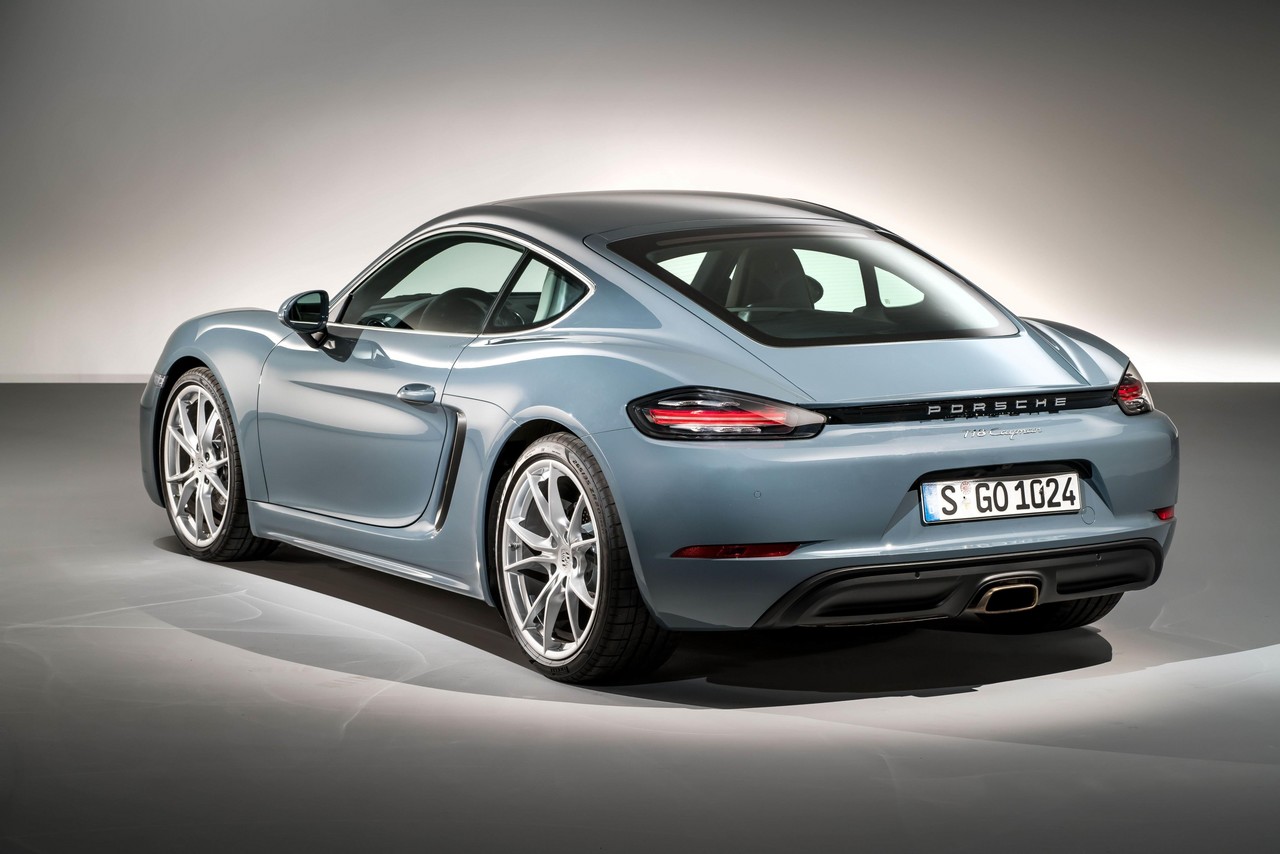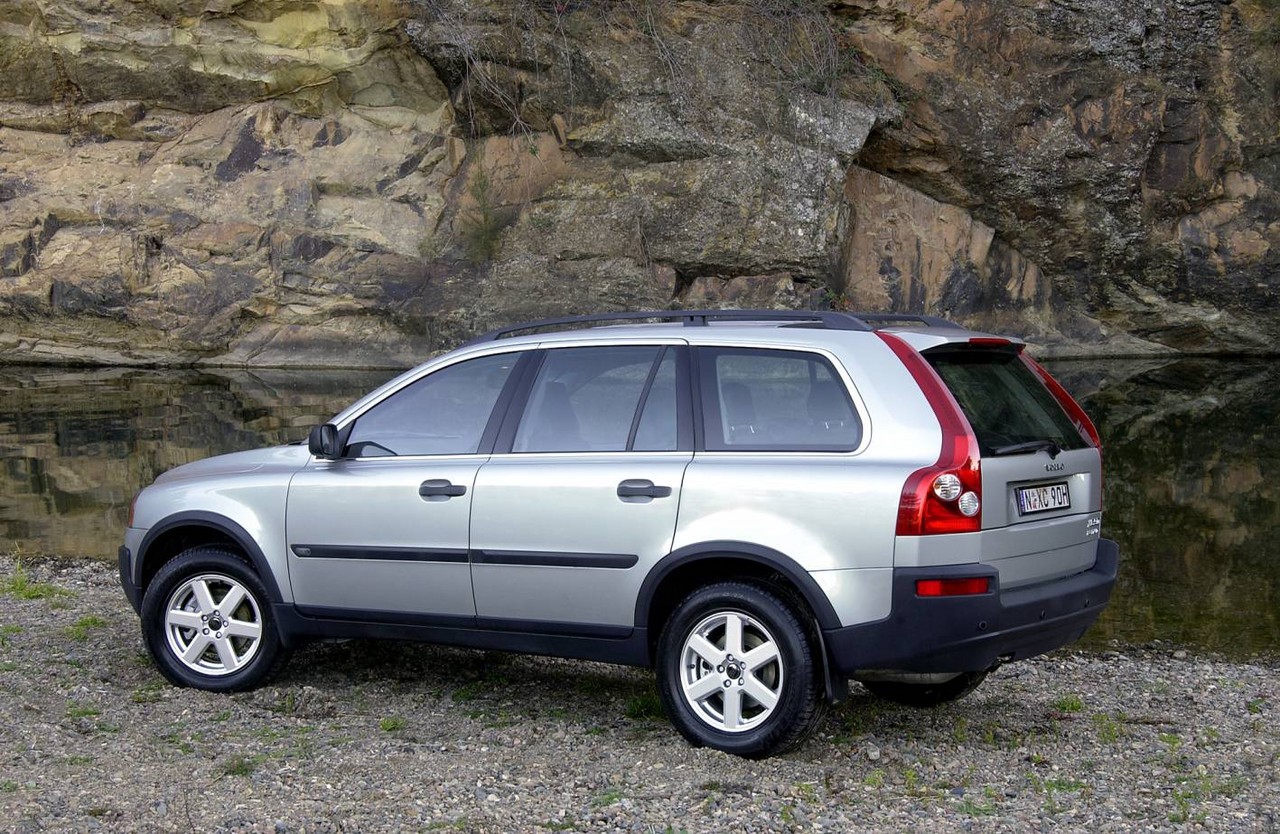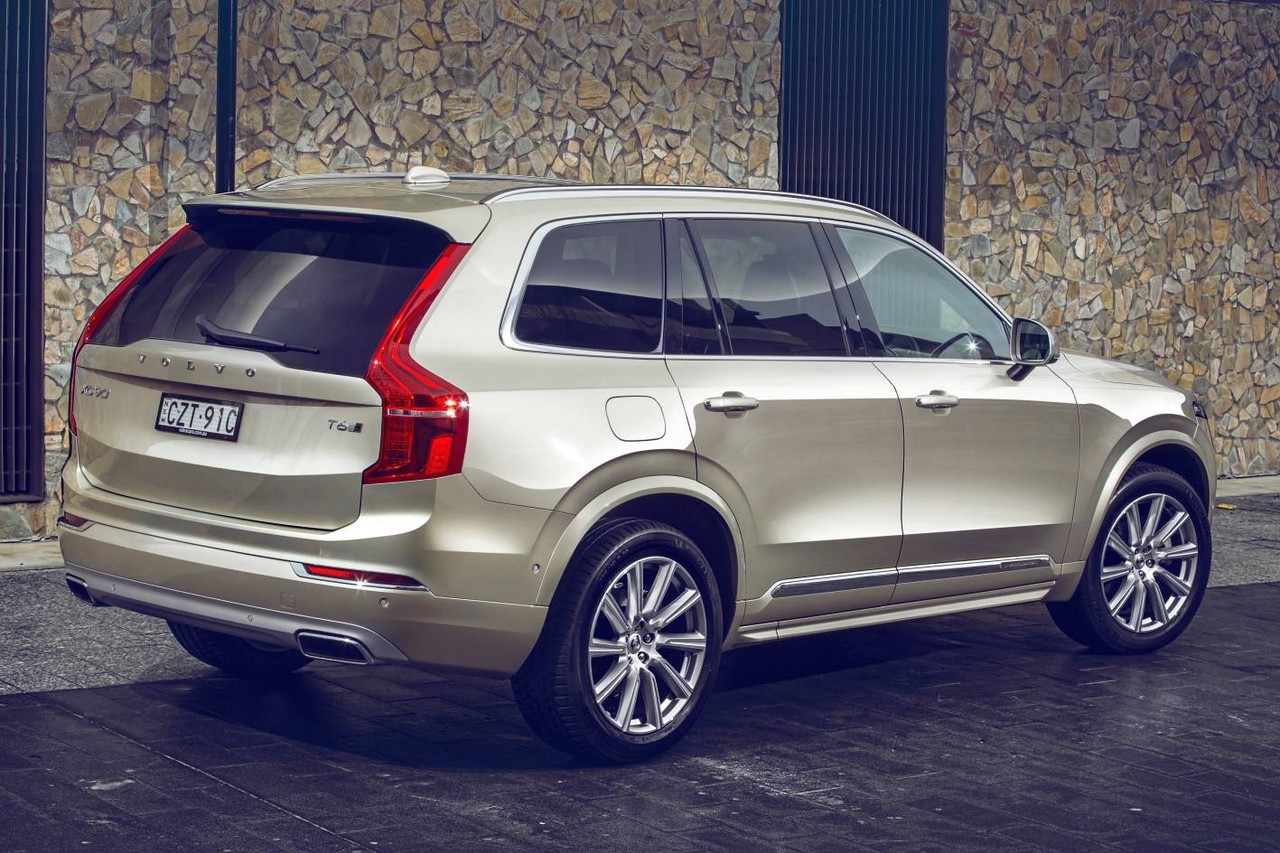Images: Saab Mk.1 9-5 sedan (1997-09)
Released in November 1997, the Saab Mk.1 Series I (Mk.1-I) 9-5 was available as an executive sedan or Estate wagon (reviewed separately). Manufactured in Trollhattan, Sweden, the front-wheel drive 9-5 sedan range initially consisted of the 2.3t variant, but was expanded in 1999 with the 2.0t and Griffin. In 2000, the performance-oriented Aero was introduced… Read full Saab Mk.1 9-5 Sedan review
Images: Saab Mk.1-II 9-5 sedan (2001-06)
Released in November 2001, the Saab Mk.1 Series II (Mk.1-II) 9-5 sedan introduced a revised range, five-speed automatic transmissions and a more powerful Aero edition (due to revised engine management and an increase in boost pressure). Although the Griffin was discontinued, the range was expanded as the 2.0t, 2.3t and 2.3T variants were available in Linear, Vector and Arc editions. The newly introduced 2.3T variants were powered by Saab’s B235L engine which had similar properties to the other B235 engines and was fitted with a Garrett T25 turbocharger. The Saab Mk.1-II 9-5 could be identified by its new grille, bumpers, head- and tail-lights. Furthermore, the Mk.1-II 9-5 sedan provided more dynamic handling as it was fitted with stiffer springs, thicker anti-roll bars, firmer dampers, a stiffer front subframe and bushes for the rear trailing arms, and new Michelin tyres.
Images: Saab Mk.1-III 9-5 sedan (2006-09)
Released in May 2006, the Saab Mk.1 Series III (Mk.1-III) 9-5 sedan introduced a revised line-up and an extensive facelift. The Saab Mk.1-III 9-5 could be identified by its new grille, headlamp and indicator units framed in chrome, integrated front bumper, re-profiled boot, slimmer side mouldings and door handles and new tail-light clusters with all-red lenses. Inside, there were new seats, white-on-black dials and separate control panels for the infotainment and climate control systems. Handling was improved as the front sub-frame was extended and strengthened, the MacPherson front suspension was decoupled to separate spring and damper load paths, the 21 mm anti-roll bar from the Mk.1-II Aero was applied throughout the range and the rear track was widened. As a result, the front assembly was 40 per cent more rigid than its predecessor.






































